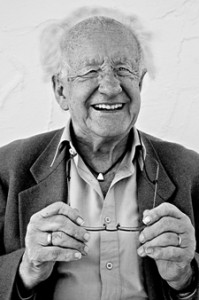9 Reasons That Nobel Peace Prize to Juan M. Santos Was a Wrong Decision
By Johan Galtung
Alfaz, , Spain 13 October 2016
[1] Only the government side got the prize 7 October, not FARC; the same mistake as the 1971 prize only to Willy Brandt, not also Brezhnev and the 2000 prize to Kim Dae-jung, not also to North Korea. It takes (at least) two to make a handshake; one hand is only shaking the air.
[2] The agreement does not include ELN guerrilla and para-militaries, fighting against and for the status quo, with no indication they will continue doing so; possibly filling in for FARC and the government.
[3] Is the deal symmetric with both sides abstaining from violence, or rather asymmetric, disarming only FARC and bringing demobilized guerrilleros back to “normal” life, not also parts of the army?
[4] Crimes have been committed by all sides in Colombia–crimes mostly by omission by the government, and crimes of violence by commission by all parties–and justice is now not being served.
[5] The prize confuses cease-fire with peace, unlike the 1998 prize to Nelson Mandela and Willem de Klerk not only for cease-fire but for solving the underlying conflict of South Africa: equal dignity through democracy, by One Person-One Vote regardless of the skin color.
[6] The underlying conflict in Colombia is the flagrant inequality between an upper-middle level of white people and a lower level in poverty and misery–including the surviving 3-4% indigenous of the once 100% and the blacks imported as slaves–unsolved by the deal. Much more than land reform is needed for their dignity in a country run by the “poderes fácticos” of landowners, military and clergy.
[7] Nobel’s will includes understanding among nations; two groups of mainly whites agreeing not to kill each other after negotiations with the victims not directly participating as such do not add up to that.
[8] Nobel’s will mentions reduction of standing armies; the agreement disarms FARC but not the government whose army is now increasing.
[9] The Colombia referendum rejected the agreement 50.2-49.8 percent- 38% participation-2 October for the above reasons singly or combined. Maybe another approach, like lifting the bottom up, is needed?
Originally published at Transcend Media Service, TMS here.
